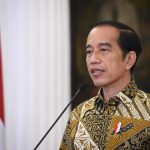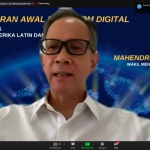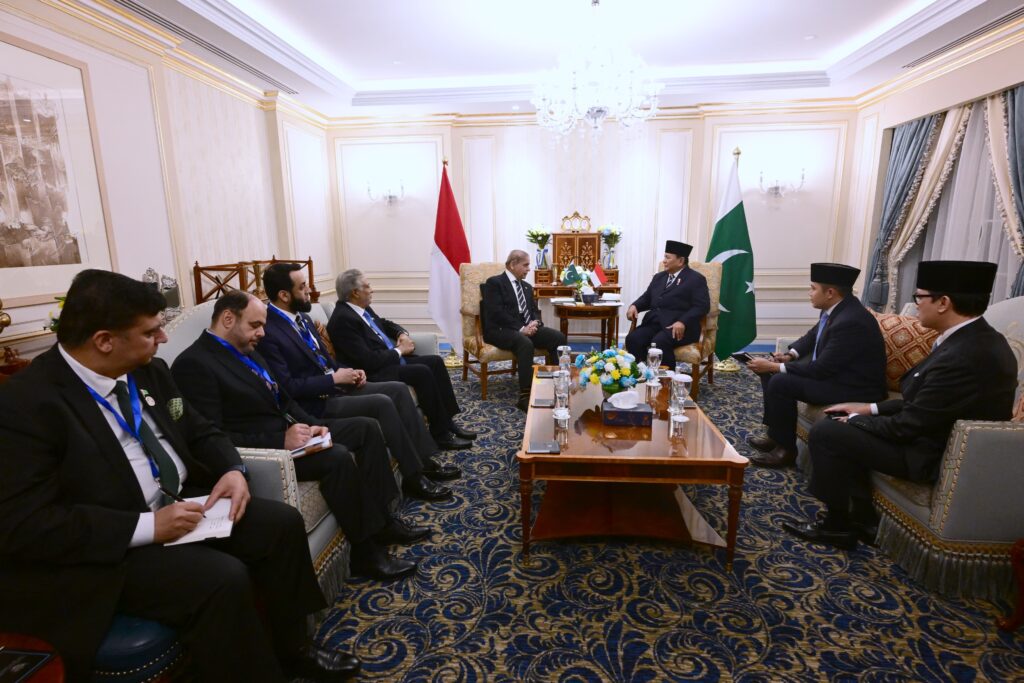Indonesia highlights clean energy use at Clean Energy Ministerial meeting

Jakarta (Indonesia Window) – Indonesian Minister of Energy and Mineral Resources Arifin Tasrif has explained the use of clean energy sources in the country at the virtual 11th Clean Energy Ministerial Meeting (CEM11) and the 5th Mission Innovation (MI-5).
“We have a large renewable energy potential, reaching 400 gigawatts. It is very important for us to manage the energy utilization system. We are taking strategic steps in using these energy sources,” the minister said here on Tuesday (Sep 22).
The first step taken by the Indonesian government is to optimize the use of domestic energy sources, for example by replacing diesel used in power plants with such clean energy sources as gas and renewable energy.
“PT PLN (the national electricity company) is launching a conversion program from diesel to renewable energy-powered power plants with a capacity of 2 gigawatts in more than 2,000 locations across the country,” Arifin said.
The second step is to carry out energy efficiency, both on the supply and demand sides, especially in buildings and industries.
Furthermore, Arifin said, Indonesia is also optimizing the use of renewable energy to increase the electrification ratio from 84.3 percent at present to 98.8 percent, especially to support the electrification program in the outermost and remote areas.
“We are currently building the largest Floating Solar Power Plant in Cirata reservoir in West Java province, with a capacity of 145 megawatts. This project will significantly increase the energy mix in the Java-Bali electricity system,” he noted.
In addition, Indonesia is also working to reduce emissions from coal-based power plants. “We also promote the use of clean coal technology and biomass co-firing with coal to reduce emissions,” he said.
The minister added, Indonesia has a very large source of biomass from forest products, agriculture and wastes that can replace fossil energy.
By developing biofuels, Indonesia has gradually reduced the use of fossil energy sources with biodiesel and built a green refinery to maximize the palm oil potentials.
Arifin also emphasized, together with the CEM member countries, Indonesia is ready to participate in the Biofuture Platform Initiative in Accelerating the Transition to a Sustainable Low-Carbon Bioeconomy program, by promoting the use of bioenergy potentials in Indonesia.
To support global commitments to reduce emissions, Indonesia has set a target of 23 percent renewable energy in Indonesia’s energy mix by 2025.
Indonesia is also committed to reducing emissions by 29 percent by 2030, and 41 percent based on the mitigation scenario.
“To achieve those ambitious targets, the Indonesian government needs the support and assistance of partners around the world,” he said.
At the same time, to increase renewable energy investments, Indonesia is preparing an attractive tariff policy in renewable energy development and undertaking a Government Drilling program to assist developers in geothermal explorations.
Arifin underscored that Indonesia is committed to building global collaborations to support the world’s economic recovery.
“Indonesia greatly appreciates the cooperation with CEM members. The COVID-19 pandemic should be a momentum for all of us to promote clean energy, renewable energy and energy efficiency. We are committed to collaborating in supporting the world’s economic recovery, mitigating the impact of the pandemic, and accelerating the global clean energy use,” he concluded.
Reporting by Indonesia Window

.jpg)








